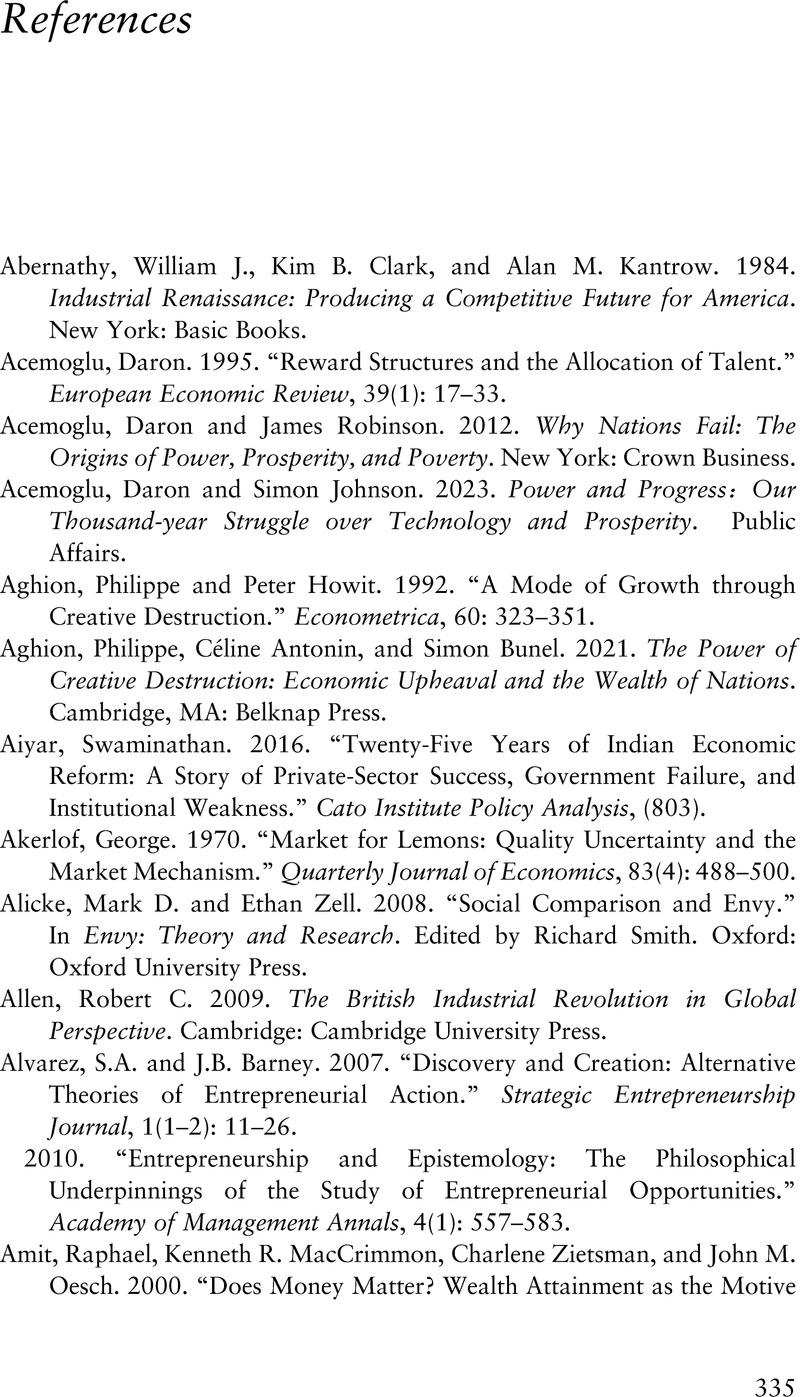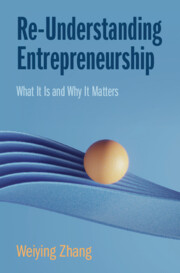Book contents
- Re-Understanding Entrepreneurship
- Re-Understanding Entrepreneurship
- Copyright page
- Contents
- Figures
- Preface
- Part I The Nature of Knowledge and Entrepreneurship
- Part II Entrepreneurs in Market Theories
- Part III Uncertainty of Innovation and Industrial Policy
- Part IV Institutional Ecology of Entrepreneurship
- Book part
- References
- Index
- References
References
Published online by Cambridge University Press: 02 May 2024
- Re-Understanding Entrepreneurship
- Re-Understanding Entrepreneurship
- Copyright page
- Contents
- Figures
- Preface
- Part I The Nature of Knowledge and Entrepreneurship
- Part II Entrepreneurs in Market Theories
- Part III Uncertainty of Innovation and Industrial Policy
- Part IV Institutional Ecology of Entrepreneurship
- Book part
- References
- Index
- References
Summary

- Type
- Chapter
- Information
- Re-Understanding EntrepreneurshipWhat It Is and Why It Matters, pp. 335 - 350Publisher: Cambridge University PressPrint publication year: 2024



